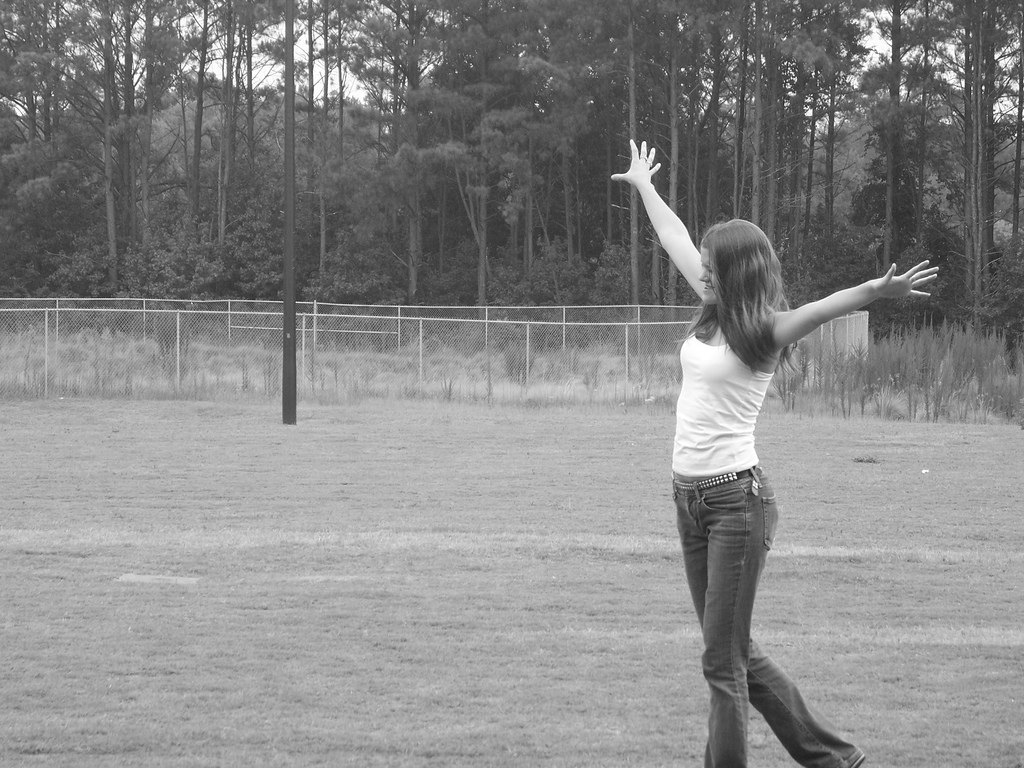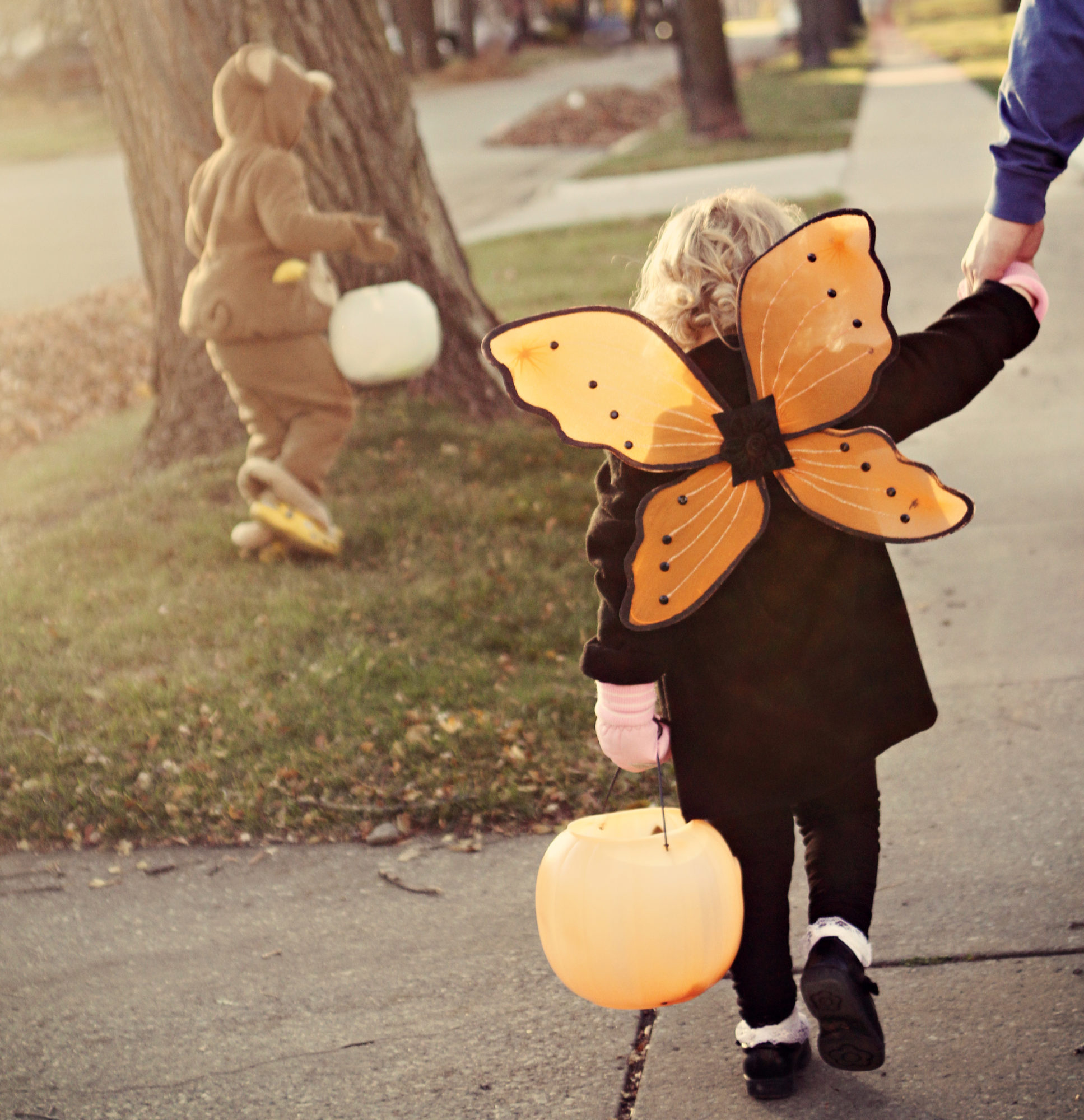We’ve spent hours making piles of clothes, books, and things in the house. The piles represent the stuff we want to toss, give away, or keep. Spring is the season of decluttering. While I don’t love the mess, I love the feeling when it’s done; I feel more relaxed, clear, and joyful when there is less stuff to cloud my view. A friend of mine is also doing a detox to clean out winter’s heavy wine and cheeses from her body. I am inspired to do a detox of another type: cleaning out self-criticism and negativity.
The most important detox I do regularly is to rid myself of negative thinking. I’ve written about the benefits of self-compassion before. This time I want to give you my map to freedom from thoughts that make me anxious and lonely. These are the kind of thoughts that say, “I’m not enough” or “I’m letting everyone down” or “I’m trapped in this life” or “the world is not safe and people are cruel.”
5 tips for a negative-thinking detox to bring about positive change:
- Stop planting negative seeds. Don’t turn on the news until after 12 noon. Headlines feed fear in our minds and make us feel frantic, not free. When I drive, to avoid the tendency to turn on the radio, I turn on a playlist of songs before I get in the car. Lately, I’m loving Nina Simone’s 1965 classic, “Feeling Good.” Her soulful voice and lyrics get me going in a good direction. She belts out, “It’s a new dawn, it’s a new day, it’s a new life for me…and I’m feeling good.”
- Start planting positive seeds. Commit to two things that bring you home to yourself and do those first. For me, that’s meditating and being outside. I dedicate my first 11 minutes out of bed to sitting quietly on a cushion on the floor next to my bed, listening to the birds out the window, saying a few mantras I like, plus a few gratitudes, and breathing deeply. Then I step outside and walk around the block, looking for signs of spring. I get up earlier to do these things because then I feel grounded for the rest of the day. I make decisions from a place that feels less like a bouncy castle and more like home. As Trista Gipple says, “The universe is on your side. It has all these gifts it wants to share with you, but you have to be home to receive them.”
- Use a gentle voice when talking to yourself. In the evening, try asking yourself, “Where did I make progress today?” instead of “What did I get done today?” And when you hear the dictator in your mind start telling you, “You’re worthless. Why can’t you get more done in a day?” Don’t reject the thought, just refocus. Drop into your senses and feel your fingertips. Or give yourself a pep talk. Try saying, “You are smart, capable, resourceful. Many people have your back. You are not alone. In fact, who can you call to ask for help tomorrow?”
- Make a list of the things you dread, and then organize the list into piles: toss, give away, keep. Martha Beck, Oprah’s coach, calls this practice, “Bag it, Barter it, Better it.” If something has been on your to-do list for weeks, get rid of it. You can toss it (bag it), or explore how to give it away by getting someone else’s help (barter it), or keep it, and remember how you got through something difficult and similar before and use those techniques to cross it off your list finally (better it).
- Set boundaries defined by joy. This spring, choose joy over fear when it comes to social obligations. Ask before accepting each invitation, “Will I be happy with my decision?” Don’t mess around with social things that don’t make you healthy and happy.
When you’ve tried all these and you feel like giving up, help someone else. Lend a hand and you will get a second wind and a rush of positive feelings. Don’t turn this into another big item on your to-do list, just think of one small way you can help someone feel a little less alone and do it. Nothing clears negative thinking away faster than a little positive company.
Here’s to a healthy, happy you.
Love,
Susie
Take your detox to the next level
In the Brave Over Perfect coaching group, we are doing a stress detox together. Our next live call is Wednesday, May 9 (you can listen to the recording anytime). Throughout the month, Christine Carter will be teaching research-based techniques for dialing back the stress of our modern lives.
Join now for instant access to the Spring Stress Detox study guide and three live coaching calls. All three calls plus tons of resources are just $20. Learn more or enroll now.
photo credit: U.S Dept. of Agriculture




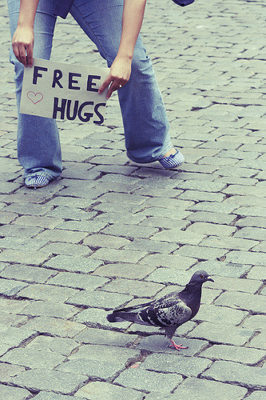


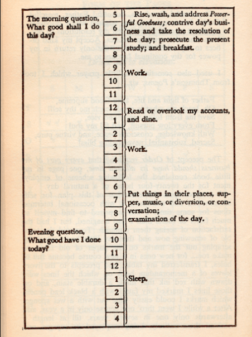
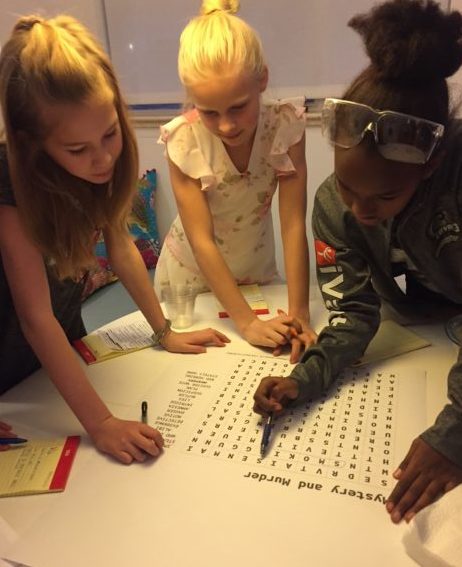
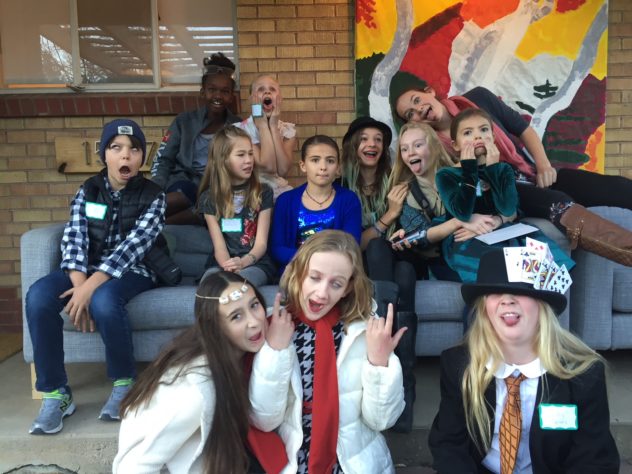
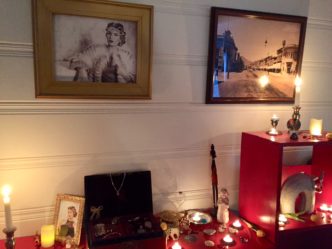
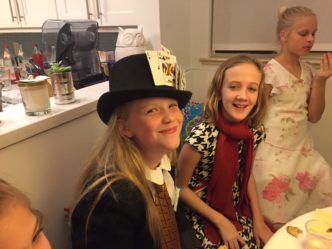
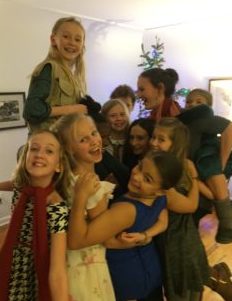 I can’t help but make a connection between the
I can’t help but make a connection between the 

